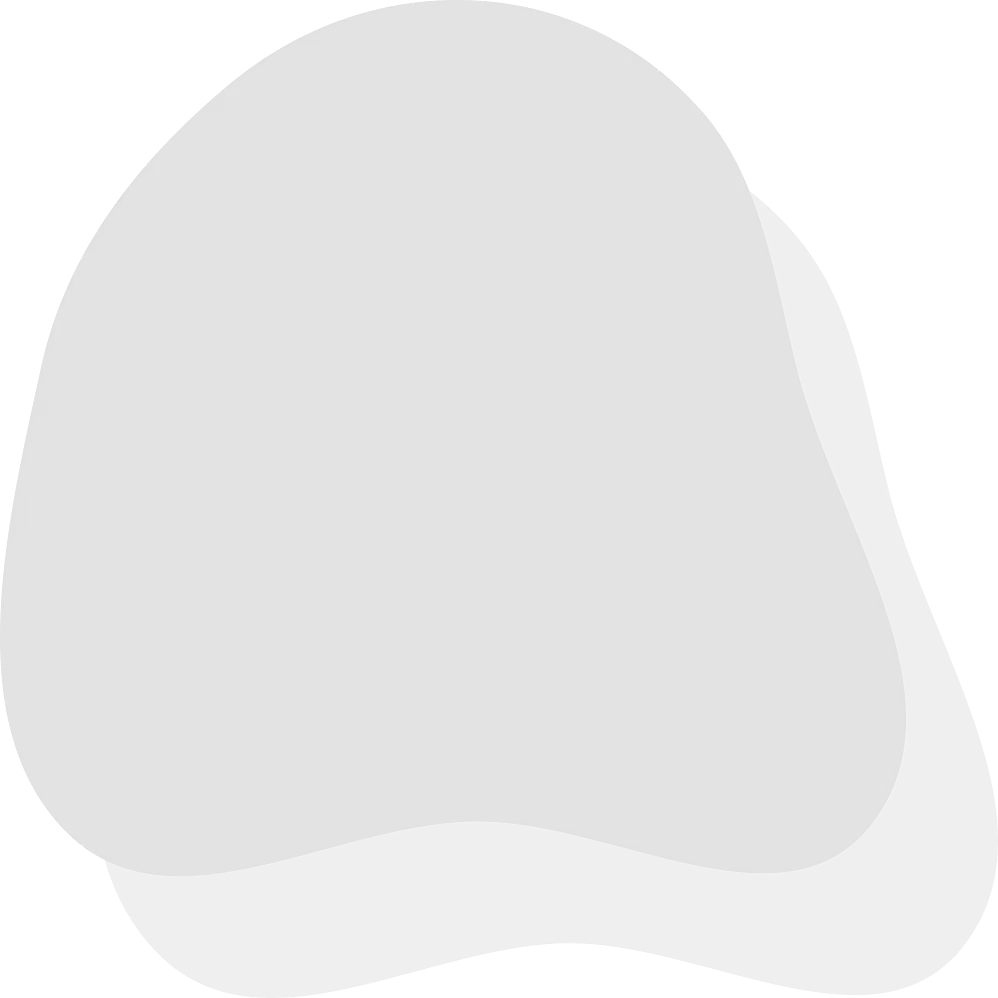Silk Facts for Kids
Silk is a delicate and luxurious fabric made from the fibers produced by silkworms, prized for its sheen, softness, and strength.
View Article For:

Related Articles
Introduction
Silk is often called the "Queen of Fabrics" because of its luxurious shine and softness. Would you like to wear something made of silk? 🌈
Types Of Silk Fibers
Another type is "Tussah silk," made from wild silkworms, giving it a rougher texture. 🐛
"Eri silk" is produced by happy worms that can complete their life cycle and fly away! 🦋
Finally, "Muga silk" comes from Assam in India and has a golden color. Each silk type brings its own special charm, making silk a favorite among artisans and designers worldwide! 🌟
Silk Cultivation Process
These tiny creatures hatch from eggs and start eating mulberry leaves. After about 30 days, they spin cocoons made of long silk threads. 😮
The spinning takes around 2 to 3 days! Once the cocoon is complete, farmers harvest them. To make silk thread, the cocoons are boiled in water. This helps loosen the long strands of silk. 💧
Each cocoon can produce about 1,000 yards of silk thread! The process requires careful handling, as it takes around 2,500 silkworms to make one pound of silk! 🏗
️
History Of Silk Production
A legendary Chinese Empress named Xi Ling Shi is often credited with inventing silk production. Chinese secret keepers protected silk-making techniques for many years. The exciting “Silk Road” 🌄 trade route helped spread silk to places like India, Persia, and Europe, making it super popular. While other countries started producing silk, China remained the largest producer for centuries. Today, we can find silk in many cultures all over the globe! 🌎
Silk In Art And Literature
In art, silk is often used to create beautiful paintings, tapestries, and decorative pieces. For example, ancient Chinese embroidery showcases intricate designs on silk fabric. 🧵
Silkworms even inspired stories and fables, like "The Tale of the Silkworm," which teaches kids about the importance of hard work! 📜
Famous authors, like Mark Twain, wrote about the beauty of silk in their tales. Today, silk remains a popular material for creating art and storytelling, connecting people to their creativity and culture! 🌈📚
Silk In Fashion And Textiles
Designers love using it to create stunning clothing, from elegant dresses to fancy ties. The smooth texture of silk feels wonderful against the skin and drapes beautifully. 👗
Famous fashion houses like Dior and Chanel often use silk in their collections. Silk can also help regulate body temperature, keeping you cool in summer and warm in winter. 🥵❄️ Besides clothing, silk is used in home textiles, like cushions and curtains, adding a touch of luxury to any room. Imagine sleeping in a cozy silk pillowcase! 🛌
Cultural Significance Of Silk
Traditional Chinese weddings often feature red silk gowns for brides, as red represents good luck. In India, silk saris are incredibly popular and are worn on special occasions. 🇮🇳 Silk is also significant in Japan, where kimonos made of silk showcase beautiful designs and patterns. 🎊
In the Middle Ages, silk became a status symbol in Europe, indicating nobility. Today, silk remains a cherished fabric, connecting people to their heritage and traditions! 🌏
Economic Impact Of The Silk Industry
Countries like China, India, and Thailand are among the largest silk producers. These countries employ millions of farmers and workers to raise silkworms, spin silk, and create beautiful products. The global silk market is worth billions of dollars! 💵
Silk is not just a fancy fabric; it's also a source of income for many families. Sustainable practices are important to ensure that silk production protects the environment while providing jobs. As silk remains in demand, it plays a vital role in the economy too! 📈
Environmental Considerations Of Silk Production
Traditional silk production requires a lot of water and energy, which can affect local ecosystems. Additionally, boiling cocoons can be harmful to silkworm populations. 🐛
However, some farmers practice eco-friendly methods, like using natural resources and sustainable farming. In recent years, people are exploring silk made from recycled materials or even "peace silk," where silkworms are allowed to mature and fly away before harvesting. ♻
️ Understanding the impact of silk production helps us protect our planet and enjoy this beautiful fabric! 🌍💖
DIY is a humongous library of
activities and courses for kids.
Curious?
Gallery of

Did you know?
🧵 Silk is a natural protein fiber produced by silkworms during the process of cocoon formation.
🐛 The most commonly used silkworm species for silk production is Bombyx mori.
🌍 China is the largest producer of silk in the world, accounting for about 70% of global production.
🌈 Silk has a natural sheen and luster that makes it highly desirable in the fashion industry.
💧 Silk is known for its moisture-wicking properties, helping to regulate temperature and keep the skin dry.
🍃 It is a biodegradable material, making it an eco-friendly choice among textiles.
🔬 Silk fibers are incredibly strong, even stronger than steel when compared by weight.
🧺 Silk is often used in high-end clothing, furniture upholstery, bedding, and accessories.
🚫 Despite its luxury status, silk is sensitive to sunlight and can fade or weaken with prolonged exposure.
💸 The production of silk is labor-intensive, which contributes to its high market price.

